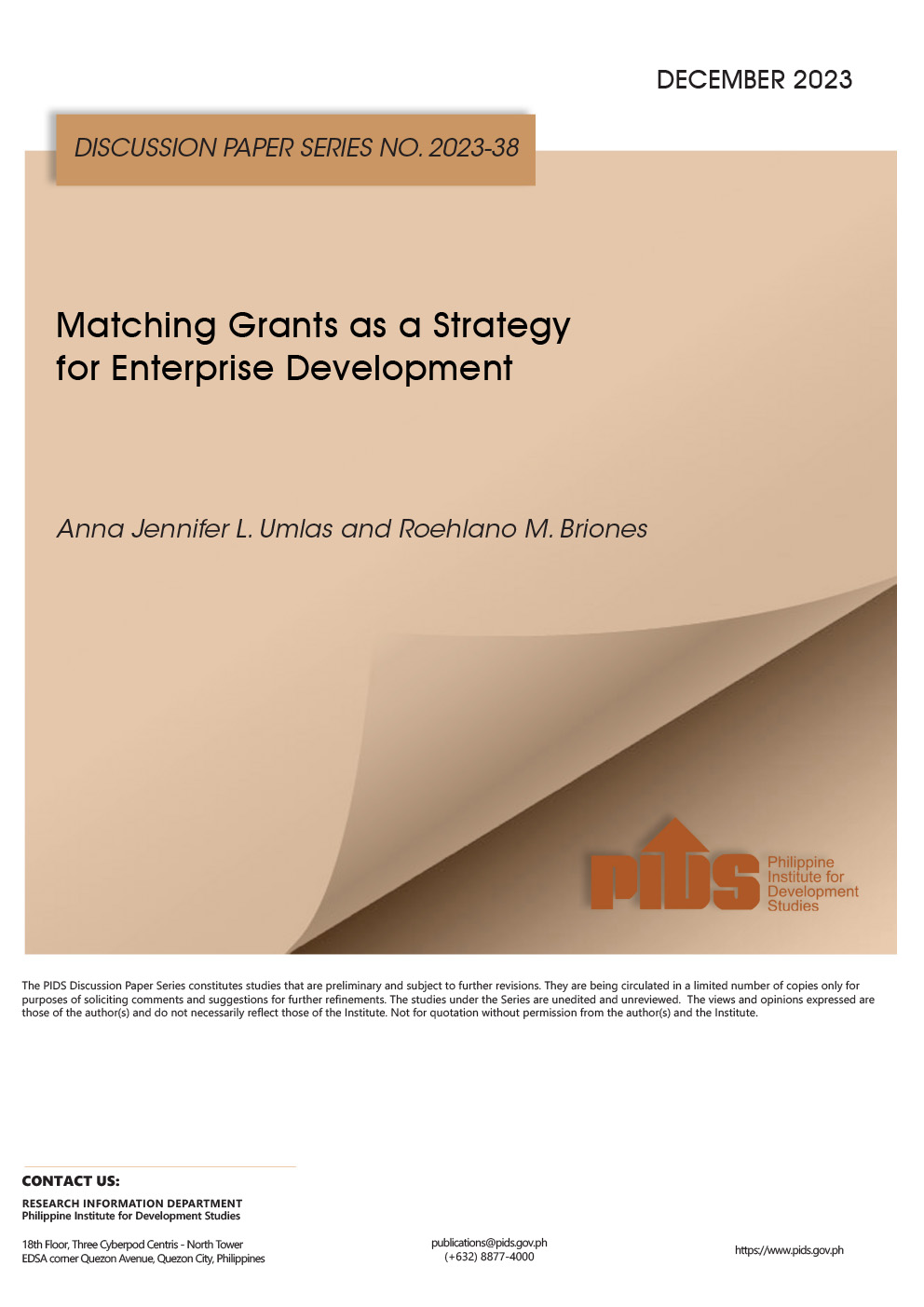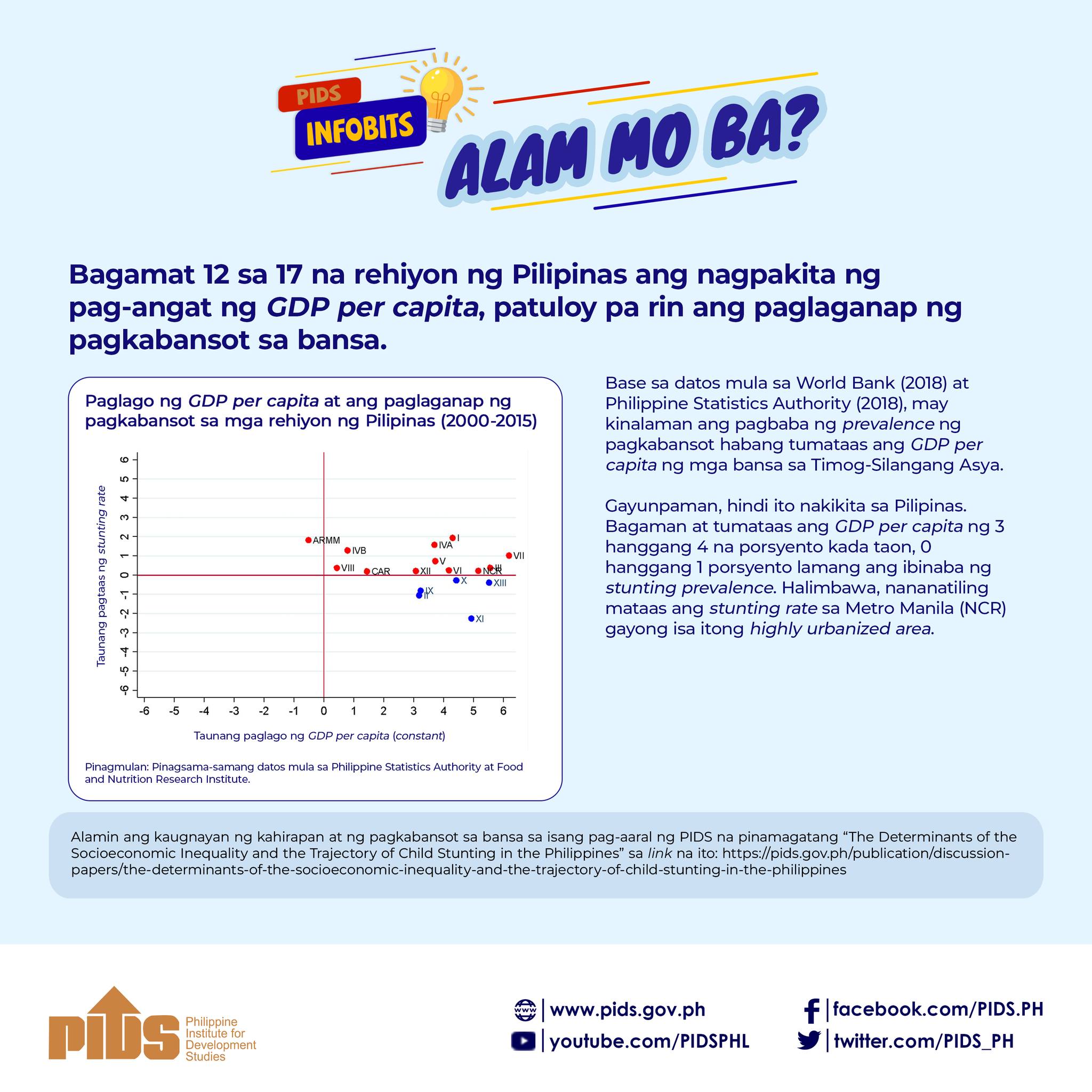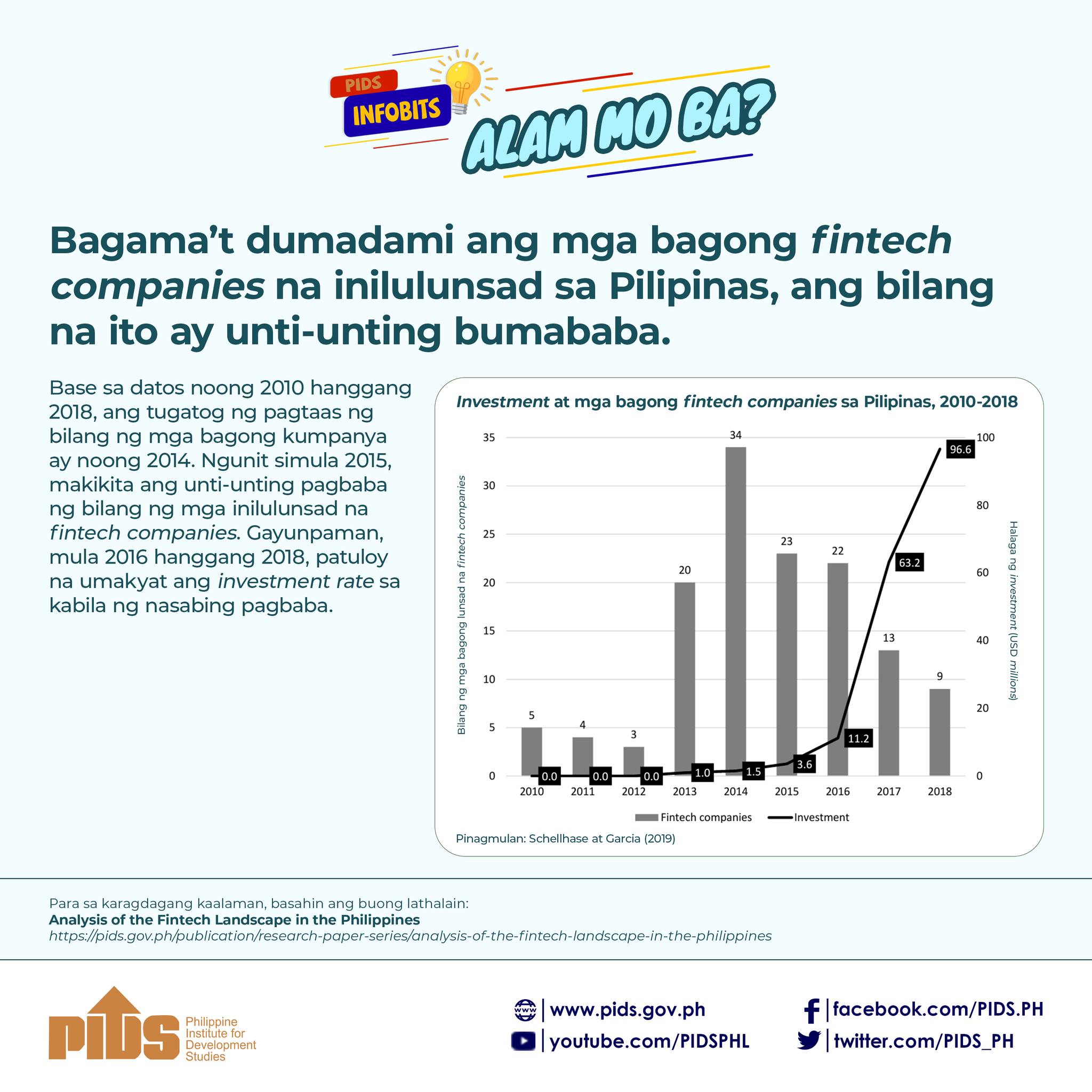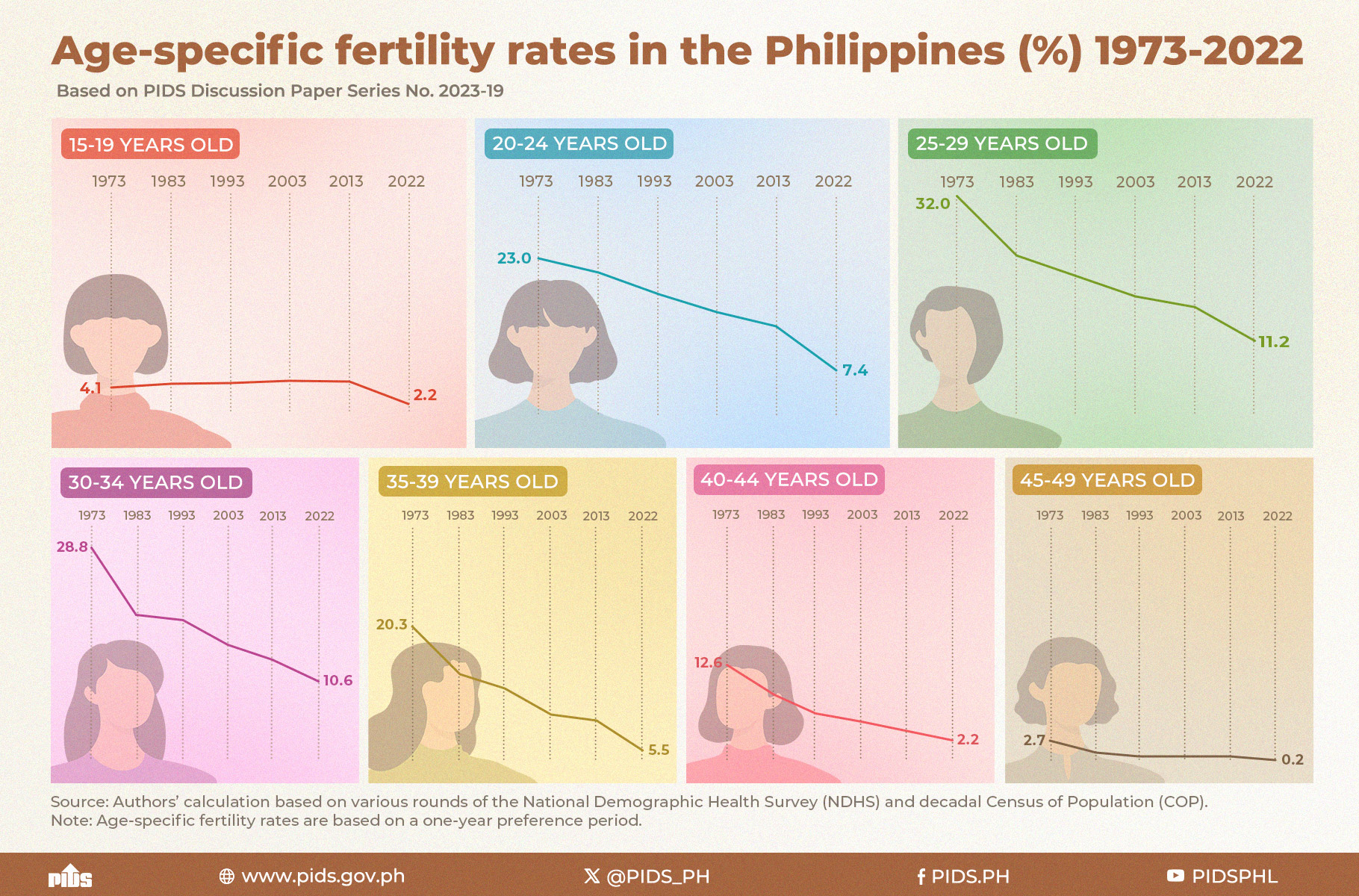THE PHILIPPINES’ unemployment rate fell to the lowest in 18 years in October, underscoring the strength of the country’s labor market.
The jobless rate was 4.2%, the slowest since April 2005 and matching the level in November last year, the Philippine Statistics Authority (PSA) said on Thursday.
The employment rate also rose to 95.8%, the highest in 18 years and consistent with sustained labor demand that’s at the root of renewed economic momentum.
The statistics agency revamped the definition of “unemployed” in April 2005 to refer to people aged 15 years and older without a job, are available for work and actively seeking one or not because of a valid reason.
Preliminary results of the PSA’s Labor Force Survey (LFS) showed the 4.2% unemployment rate translated to 2.09 million jobless Filipinos in October, 150,000 lower than 2.24 million in the same month last year.
The unemployment rate was an improvement from 4.5% in both October 2022 and in September.
However, the National Capital Region had the highest jobless rate of 5.4% in October, while Davao Region had the lowest with 2.9%
National Economic and Development Authority (NEDA) Secretary Arsenio M. Balisacan said the labor market is expected to further improve amid the government’s efforts to boost trade and investment in the country.
“We can make the labor market more inclusive with the entry of more investments, especially those that bring in new and better technology,” Mr. Balisacan said in a statement. “We need to expand and enhance learning opportunities to ensure that we equip Filipinos for future jobs.”
Year to date, the unemployment rate stood at 4.6%, which is below the 5.3%-6.4% target for 2023 under the Philippine Development Plan.
“We are now closer than ever to achieving the President’s vision of bringing down the Philippines’ unemployment rate to 4-5% in 2028,” Finance Secretary Benjamin E. Diokno said in a statement.
UNDEREMPLOYMENT
Meanwhile, job quality improved as the underemployment rate fell to 11.7% in October, from 14.2% in the same month last year. This translated to 5.6 million underemployed Filipinos or persons already working but still looking for more work or longer working hours.
Month on month, job quality slightly deteriorated from 10.7% in September.
Year to date, the average underemployment rate stood at 12.5%, lower than 14.2% during the comparable period.
PSA data also showed that the size of the labor force increased by 589,000 to 49.89 million in October from 49.3 million in the same month last year.
This brought the labor force participation rate (LFPR) — the share of the Filipino workforce to the total working age population of 15 years old and older — to 63.9% in October. This was lower than 64.1% in the same month last year.
For the January-to-October period, the average LFPR stood at 64.6% which is higher than the records for the previous years, PSA Undersecretary and National Statistician Claire Dennis S. Mapa said at a news briefing.
The employment rate climbed to 95.8% in October, which the PSA said was the highest rate since April 2005 and the same rate in November 2022. This meant 47.8 million Filipinos aged 15 and older had jobs, higher than 47.06 million in October 2022.
On average, an employed Filipino worked 41.2 hours a week in October, higher than the 40.2 hours logged in the same month in 2022.
Antonio A. Ligon, a business and law professor at De La Salle University in Manila, said the jobless rate dropped in October amid higher demand for workers from labor-intensive industries and the government’s infrastructure projects.
“There is high demand for skilled and construction workers nowadays,” he said via Facebook Messenger.
Sonny A. Africa, executive director of think tank Ibon Foundation, said the unemployment figures may be underestimated since only those actively seeking employment in the past six months and ready to immediately take up work are considered part of the labor force.
“Over the last year-and-a-half from March 2022 to October 2023, the labor force stayed stagnant at a little less than 50 million despite the working age population growing by 1.8 million or a 2.3% increase to 78 million. This is likely from so many jobless being dropped from the labor force and no longer counted as unemployed by official statistics,” he said in a Facebook Messenger chat.
PSA data showed the number of Filipinos classified as “not in the labor force” increased to 28.1 million in October, higher than 27.6 million in the same month a year ago.
“Job creation is weak. Moreover, jobs available are evidently of poor quality. One indicator of this is that poverty is increasing. Another indicator is the irregularity of work as shown by extreme volatility in net employment creation on a month-to-month basis,” Mr. Africa said.
PSA data showed the services sector employed 47.8 million, accounting for 60.1% of the total. Agriculture and industry sectors made up 22.2% and 17.8% of employed persons, respectively.
Year on year, employment rose significantly in accommodation and food service activities (up by 291,000), administrative and support (up by 224,000), and transportation and storage (up by 149,000).
However, employment declined in wholesale and retail trade and repair of motor vehicles and motorcycles (down by 193,000), mining and quarrying (down by 75,000), and manufacturing (down by 73,000).
PSA data showed agriculture and forestry industry saw a 1.09 million increase in employment at the start of the fourth quarter in October from the start of the third quarter in July.
PSA’s Mr. Mapa said the agricultural sector helped boost employment in the Davao Region which holds the highest regional employment rate of 97.1%, and in Bangsamoro Region which holds the highest regional LFPR of 74%.
However, Roehlano M. Briones, a senior research fellow at the Philippine Institute for Development Studies, said agricultural jobs typically increase in October as harvest season begins in some regions.
“October marks the start of the harvest season for key crops such as rice, the planting season for maize, and rice in some areas,” he said in a Viber message.









